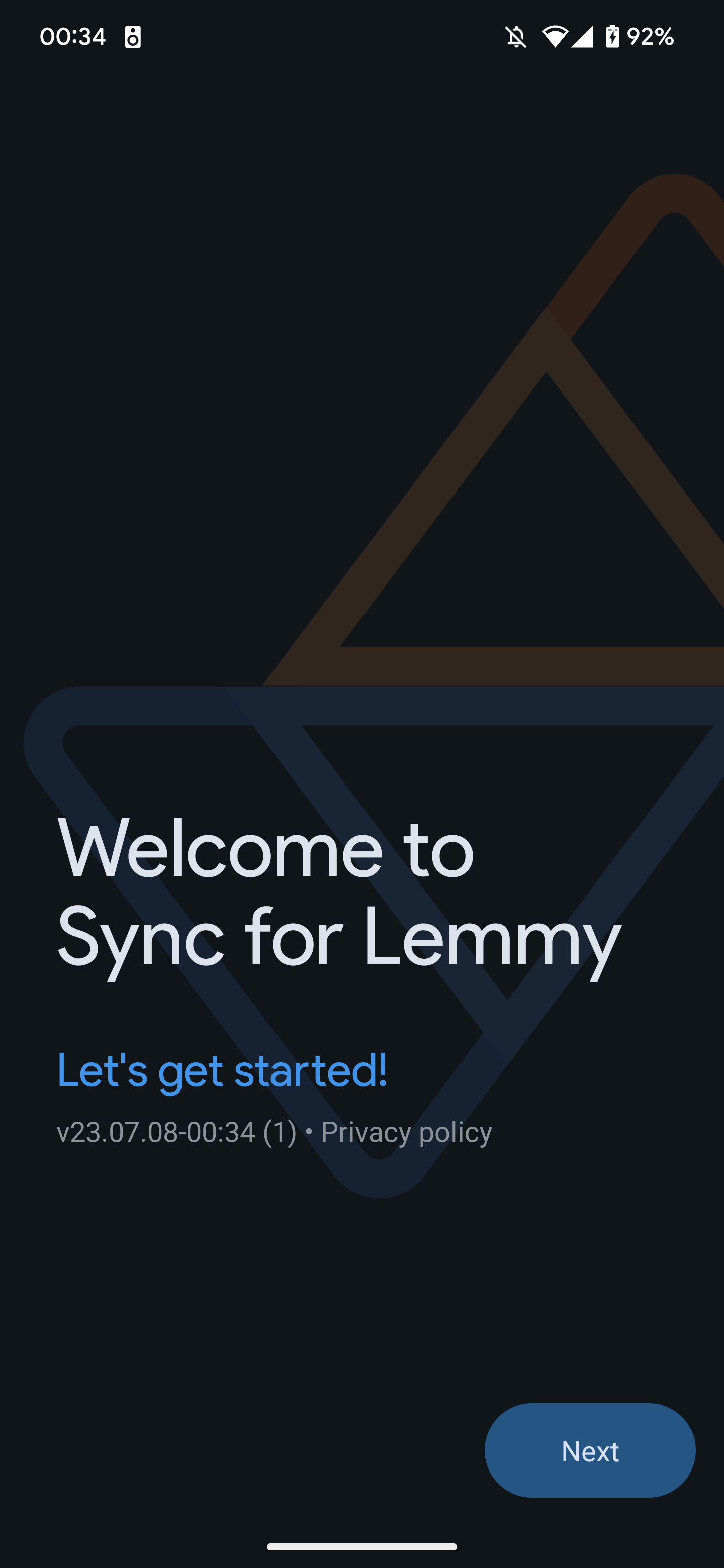this post was submitted on 07 Jul 2023
3240 points (99.2% liked)
Sync for Lemmy
15340 readers
17 users here now
👀
Welcome to Sync for Lemmy!

Welcome to the official Sync for Lemmy community.
The rules for posting and commenting, besides the rules defined here for lemmy.world, are as follows:
Community Rules
1- No advertising or spam.
All types of advertising and spam are restricted in this community.
Community Credits
Artwork and community banner by: @[email protected]
founded 2 years ago
MODERATORS
you are viewing a single comment's thread
view the rest of the comments
view the rest of the comments

Using the date as a version number for an application that gets frequent updates is very standard. Most users will be expected to be on the latest version always.
There's even a website for it https://calver.org
Thank you for the web link, TIL it is much more common than I was aware!
Generally speaking, I find it easier and more intuitive to use. We use calver at work bc it seems pointless to identify if every week's release is major / minor / patch etc. My thought is the latest is the greatest - if something goes wrong, it'll be fixed in a later version ¯\_(ツ)_/¯
Interesting, I always found semantic versioning pretty useless, except for knowing that a new major release breaks existing APIs
It's great to get a quick context of the size of the change expected. That does require the developer numbering the release to appropriately version it though.